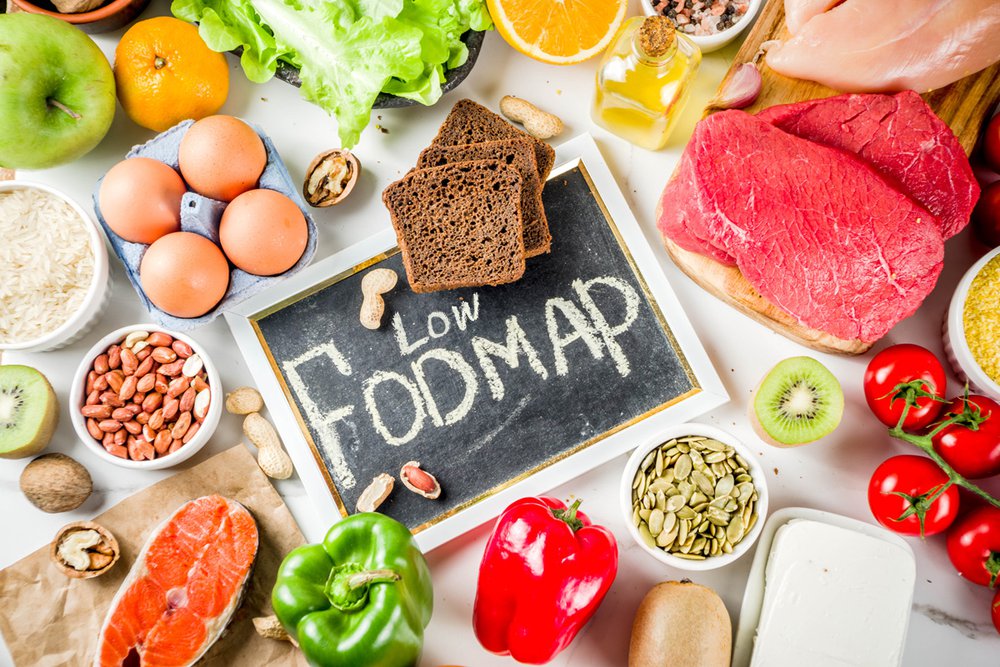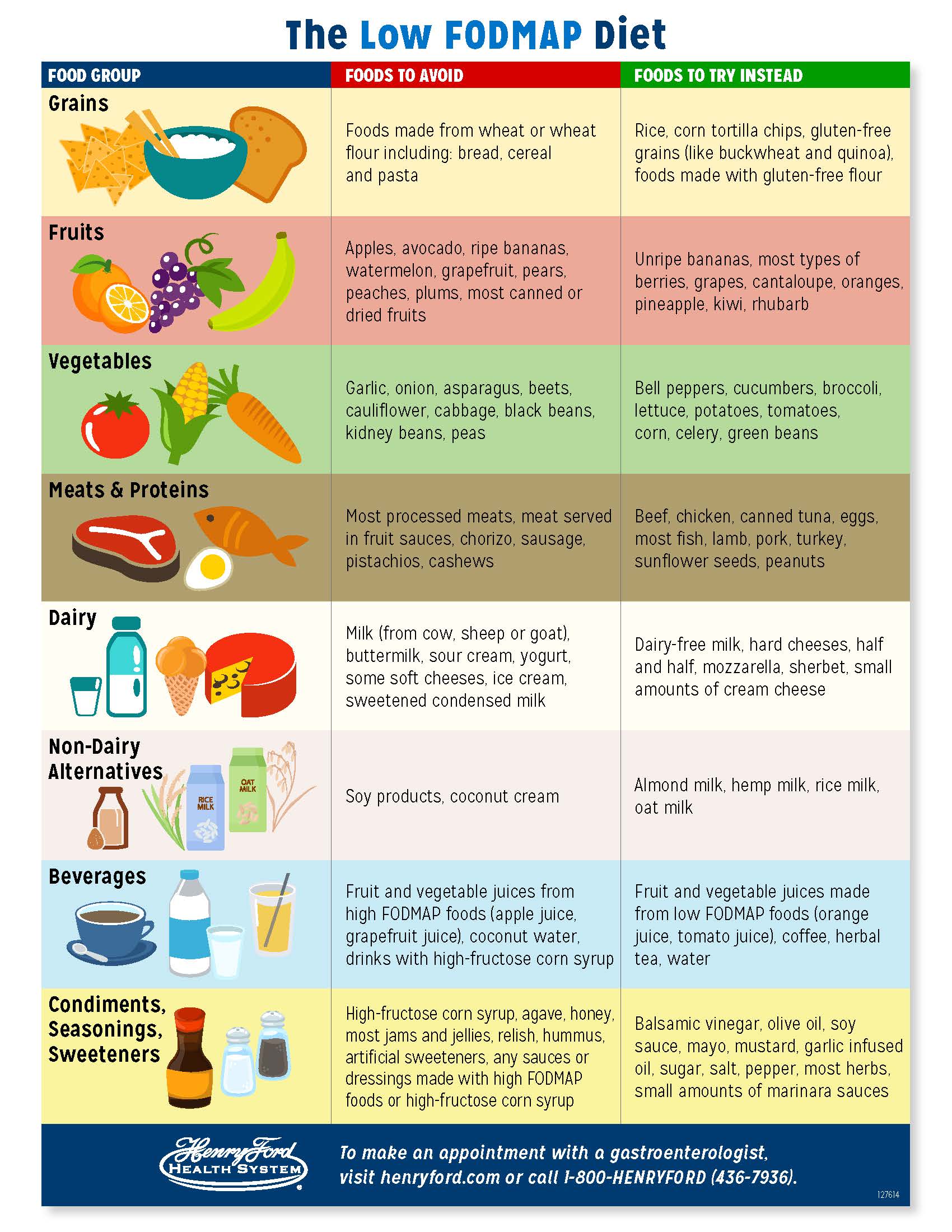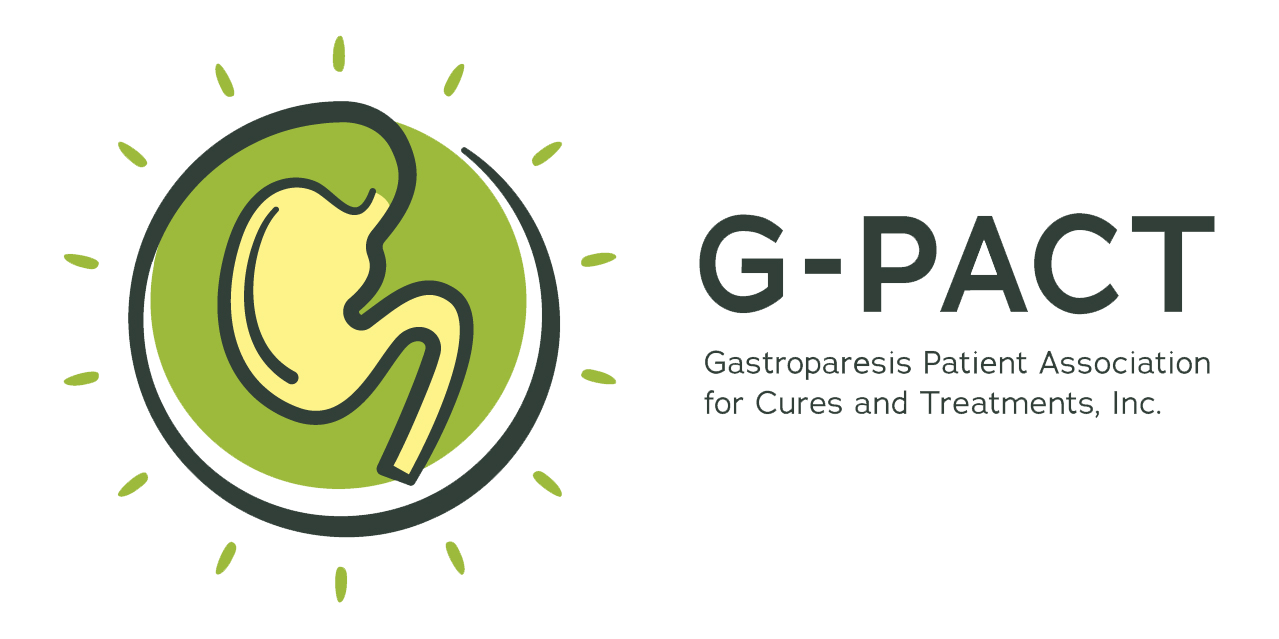Eating with Gastroparesis: Low FODMAP Diet: What it is + Why it is beneficial

By: Carolanne Monteleone
First off, I need to preface this with a reminder that what may work for one person with gastroparesis may not work for another. This is simply a general rule of thumb and helpful tool to aid you in balancing food and delayed gastric emptying.
To start off with the basics, here a few scientific facts about how digestion can be slowed down further with what you eat:
- Liquids – Thin liquids travel faster from the stomach to the intestines than thick liquids and solids.
- Fiber – Fiber slows down gastric emptying, so those with gastroparesis should keep fiber intake low.
- Fat – Higher fat foods slow down gastric emptying. Carbohydrates pass through the stomach the quickest, followed by proteins.
- Food temperature – Hot foods move through the stomach quicker than cold foods.
(source: Katelyn Collins gastrogirl.com)
Now with that knowledge on hand, let’s break down why eating a low FODMAP diet helps patients with gastroparesis: FODMAP is just a fancy acronym for fermentable oligosaccharides, disaccharides, monosaccharides and polyols, which are short-chain carbohydrates which are hard for the GI system to digest. By eliminating foods that can irritate the stomach or cause delayed emptying, you have a much higher chance at being able to tolerate foods orally.
So what foods are high FODMAP and which are low FODMAP? As you can see in this graphic, the basic breakdown is to avoid: dairy, wheat (gluten), beans and lentils, and certain fruits and vegetables. Also don’t forget that red meat, high fat foods and fiber can all aggravate the stomach as well.
If you’re looking in your pantry thinking, “well what’s even left to eat?!” you are not alone! This elimination diet is tricky and trial and error is the only true way to know how your body will react to these foods. But don’t fret! There’s a long list of low FODMAP foods that are typically well tolerated by GPers. Here’s a curated list of groceries you may want to pick up and give them a try:
- baby food purée (check to make sure the fruit and veggies in it are low FODMAP)
- starchy foods such as potatoes without skin, white rice, gluten free bread and gluten free pasta
- puréed soups such as butternut squash, potato, pumpkin, parsnip and sweet potato
- ginger! Add it to any dish you can. Not only is it low FODMAP but it has anti-nausea properties as well
- almond milk or rice milk (including ice cream, pudding and yogurts made from these milks)
- lean meat such as fish or chicken breast
This is by no means an exhaustive list but it will help point you in the right direction. You can also check out G-PACT’s cookbook for tummy friendly recipe inspiration! Don’t be afraid to try out nutrition drinks such as Ensure, Boost, Kate Farms, etc. as these drinks are usually easy on the stomach, high in calories, nutrient dense and liquid.
Here’s a low FODMAP recipe to get you started:Lo MeinMakes about regular 6 servings (keep in mind eating smaller portions with gastroparesis is a good idea)
- box of rice noodles
- Just enough veggie broth or stock to mix in with the noodles
- generous heaping spoonful of powdered ginger
- 2 scrambled egg whites
- soft, well cook veggies like carrots, bok choy or zucchini if tolerated
- Prepare noodles as stated on the box
- Once al dente, place noodles in a wok or frying pan and add either your broth or stock covering the noodles
- Add in ginger and stir
- Scramble egg whites into the noodle mixture and let it simmer until most of the liquid is thickened up and absorbed
- Add in well done veggies (optional!) and give it one last good stir
- Plate up and enjoy!”


